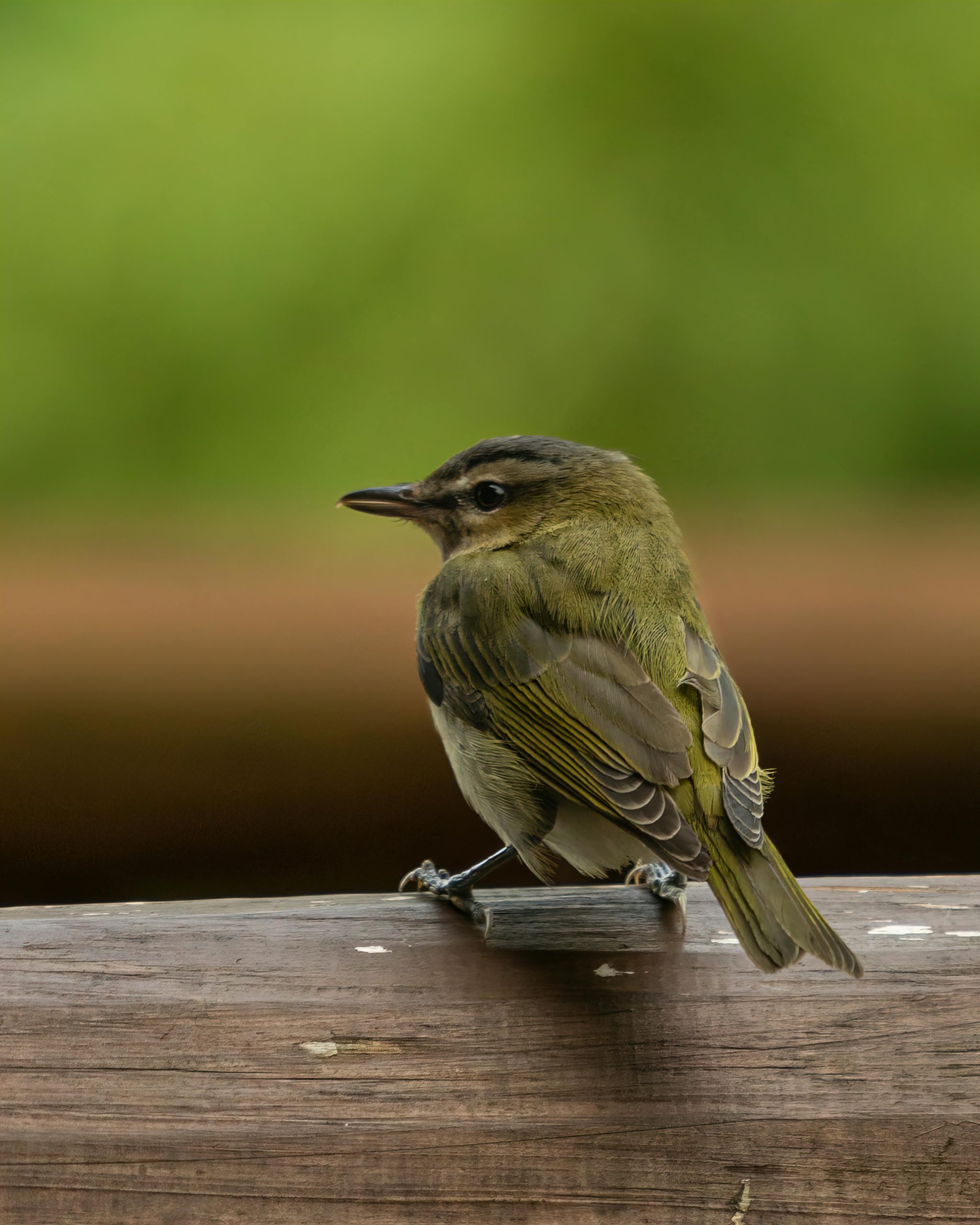Barbican – Work in Progress by Marcus Dobbs
I’m excited to share an update on my latest map focusing on the Barbican and its surrounding area. This project has been in development for a few months, allowing me to delve into over a millennium of London’s rich history.
The design of the map draws inspiration from multiple historical sources, with the street layout rooted in mid-1700s maps. Additionally, I’ve woven in elements from earlier Tudor maps as well as later additions to capture the area’s evolution.
Creating these maps is a true passion of mine, as I’m fascinated by London’s history. This process not only allows me to express that passion but also enhances my understanding of how the city has changed over time.
This marks the 10th map in an ongoing series I initiated in 2020. Each map requires several months of effort, primarily focused on thorough research. I create them digitally using an iPad and then print them in a larger format.
I’m aiming to complete this piece in the next few weeks, and I’ll be sure to share the final version once it’s ready.
Feel free to follow my social media links in my profile for updates!

Wow, Marcus! This sounds like an incredible project! Your dedication to exploring London’s history through your maps is truly inspiring. I love that you’re merging elements from different periods to create a comprehensive view of the Barbican area—what a unique approach! It’s fascinating how much research goes into these pieces; I can only imagine the stories and details you’ve uncovered along the way.
I’m excited to see the final version when it’s done! I’ll definitely be following your socials for updates. Keep up the amazing work!
This project sounds absolutely fascinating, Marcus! The historical layers you’re incorporating into your map not only highlight the evolution of the Barbican but also allow viewers to appreciate the intricate story of urban development in London. It’s intriguing to think about how the street patterns from the mid-1700s still influence the present-day landscape.
Have you considered including annotations or key landmarks on the map that reflect significant historical events or figures related to the area? This could provide an even richer context for your audience, drawing them deeper into the narrative of the Barbican’s history. Additionally, it might be interesting to compare your map to modern ones, showcasing the transformation in urban planning and architecture over the centuries.
I look forward to seeing the completed piece! Your dedication to capturing London’s history through your art is truly commendable.
Comment by a Proud London Resident
Marcus, this is an intriguing project, and I appreciate your dedication to highlighting the historical significance of the Barbican area! As a London resident, I’ve always been fascinated by how our city’s history intertwines with its modern developments.
It’s impressive that you are incorporating elements from such a wide timeline of history—it’s a reminder of how layers of culture contribute to the rich tapestry that is London. I’ve noticed that many residents might not fully appreciate the historical context behind places we pass by every day. Your maps could serve as an excellent educational tool.
Here are a few thoughts that might add some depth to your project: